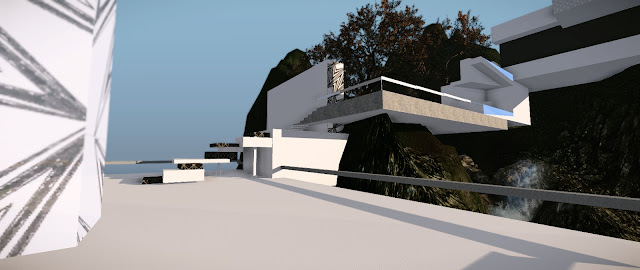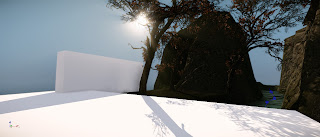The act of inhabitation is enriched by the
potential to manipulate ways of observing place and landscape, by taking the existing city plan and flipping it to create a new
vertical typology. School buildings follow the
logic of sprawl, they are familiar, small scale, easily accessible buildings. Collective
spaces create a sense of connection, improving
the lives of the citizens. All spaces are gathered
around a central square, utilising ‘urban voids’ that currently exist within the city's
plan in an ‘appropriate’ response to place. “In
the realm of social sustainability, the anonymous feeling of immense cities is
challenged by interconnecting typically isolated diverse city zones.” It becomes a 'society building', a space of possible
multiethnic exchange and comparison. The city will
increase in density but reduce in scale, favouring
the exchanging of knowledge, experience and socialisation and no longer suffering from an identity crisis. Cultural
identity can evolve through a contemporary 'landscape
of memory', and at times these are specifically
framed views, at other times they are abstracted views. Encouraging the increased
connection of social and cultural ties leads to the development of a sequence of platforms for observing the landscape. All the spaces face each other, with a distinct desire to hover above the ground, re-thinking how we perceive the typology of the city by reducing
its environmental impact and creating places of
knowledge preservation.
Green text: "Vertical typologies in Shanghai: Pinkcloud
proposes vertical masterplan."
Blue text: “Heavy setting: Contemporary farmhouse
touches the earth ‘heavily’?”
http://www.worldarchitecturenews.com/index.php?fuseaction=wanappln.projectview&upload_id=10668&q=touch%20the%20earth%20lightlyPink text: “Learning through living: Sustainable, affordable school building sets example for children and community alike”
http://www.worldarchitecturenews.com/index.php?fuseaction=wanappln.projectview&upload_id=21694&q=schools

















